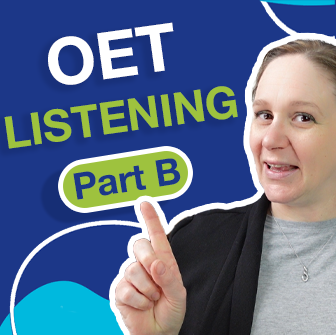
Exciting News: SLC Partners with the University of Sharjah’s Clinical & Surgical Training Center
We’re delighted to announce a new partnership between Specialist Language Courses (SLC) and the University of Sharjah’s Clinical & Surgical Training Center (CSTC) — one




